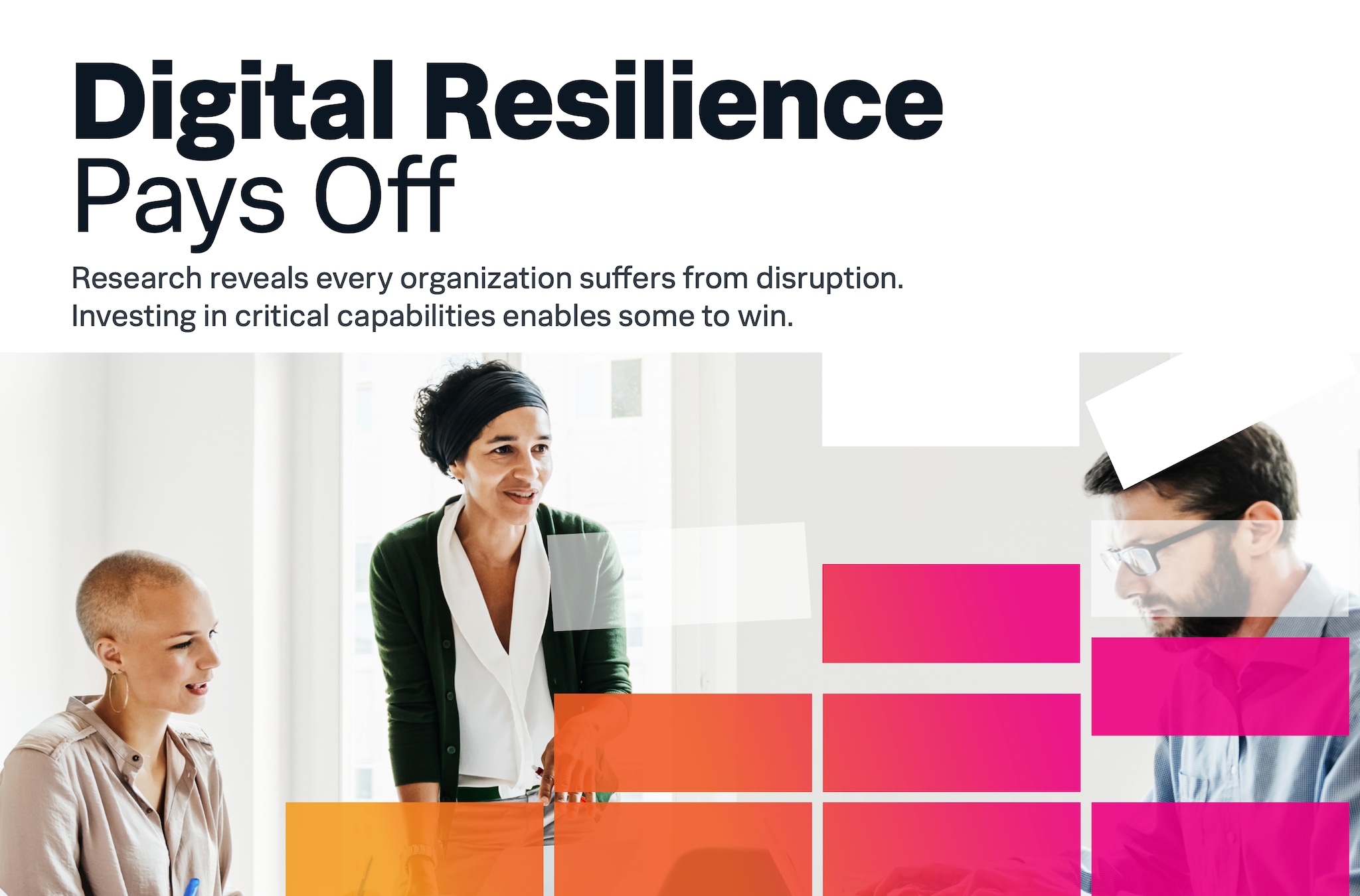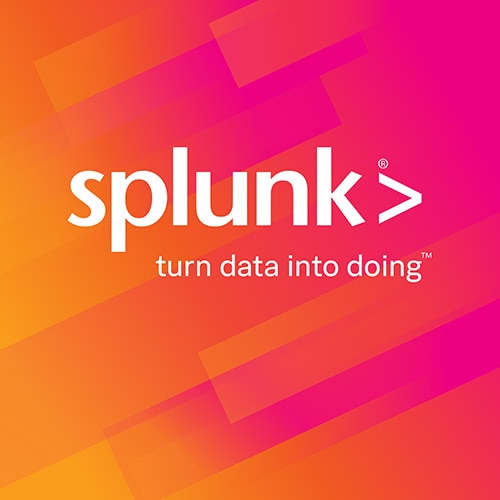
Digital Resilience Pays Off
Download this e-book to learn about the role of Digital Resilience across enterprises.

In part two of the healthcare analytics topic we take a look at the RMADA RFP.
It is only through measurement that the quality of healthcare delivered can be improved and its delivery made more efficient. The Federal government needs to facilitate the highest quality at the lowest cost. Medicare, Medicaid and the Children’s Health Insurance Program (CHIP) all involve the use of Federal dollars and the Center for Medicare Services (CMS) has access to a massive amount of data the that could be used for planning, analysis, implementation, and rapid cycle evaluation of innovation and determine program effectiveness.
The purpose of the RMADA RFP, (contract awarded July 2014) is to solicit bids to, “…develop a Research, Measurement, Assessment, Design, and Analysis (RMADA) IDIQ (an indefinite-delivery/indefinite-quantity) that will provide analytic support and technical assistance for models and demonstration programs that are derived under the Patient Protection and Affordable Care Act (ACA). The maximum IDIQ amount (i.e., the maximum ceiling across all RMADA IDIQ’s) shall not exceed $7,000,000,000 (inclusive of all costs and fee) over the life of the contract.”
As excerpted from the RFP, CMS wants a lead vendor to create a program that provides:
All in a little less than a year.
The data to be collected to support these efforts is from, “…CMS claims and non-claims data, enrollment/eligibility information, and State data,” including call center data from 1-800-Medicare. CMS acknowledges the data the vendor collects will be a very large volume (no estimate given), in a wide variety of variable formats, and will come in at a high velocity. You can count the Vs in the last sentence and know that this is the classic definition of a big data problem. CMS wishes to have a business intelligence solution that can provide cost savings and business data insights that can, “benchmark methodologies; provide a detailed financial impact model in the form of either a waiver cost estimate or business case model that evaluates return on investment/savings,” all using statistical analysis.
This data needs to be shared among the participants – namely those agencies and organizations that contribute their data – and accommodate scheduled reports and ad-hoc queries to view statistics while maintaining data separation and privacy.
In short, The RFP calls for a team of healthcare analytics experts to create a massively scalable system that can analyze and create insights from claims data in near real-time.
The approach/design verbiage from page 12, section b., under “Evaluate” reads like a mandate for a big data solution.
| RMADA |
Splunk Big Data Analytics Process/Approach |
Comments |
| Statement of |
Create a hypothesis – formulate questions to ask your data |
This can include, “…quality performance metrics.” |
| Address what |
Based on the hypothesis, determine the data types needed to |
This should also include bringing together subject matter experts |
| Identify |
Determine whether additional context data from outside the system |
This is done with Splunk in the form of look-up tables to third-party data |
| An analysis |
Determine what type(s) of statistical analysis needs to be |
This can include watching for unusual behaviors represented as |
| Identify
|
Review the preliminary results to ensure the questions being |
In this phase it may be determined that data fidelity and quality |
| Design and
|
Iterate and understand if the right questions are being asked |
This may result in the discovery of new questions that can be |
This RFP is a big bet that buried in the claims data collected through these programs and call data records there is a treasure trove of insight that can be used to make better data driven decisions about quality of care and provide care more efficiently and at lower cost.
It also doesn’t take much reading between the lines to see that a big data analytics platform like Splunk is the right solution to address this RFP.
For Part 1 of this blog on the role of big data analytics for healthcare for the Veterans Administration, click here.
Next up Part 3, The Department of Defense Healthcare Management System Modernization (DHMSM) Program.
The Splunk platform removes the barriers between data and action, empowering observability, IT and security teams to ensure their organizations are secure, resilient and innovative.
Founded in 2003, Splunk is a global company — with over 7,500 employees, Splunkers have received over 1,020 patents to date and availability in 21 regions around the world — and offers an open, extensible data platform that supports shared data across any environment so that all teams in an organization can get end-to-end visibility, with context, for every interaction and business process. Build a strong data foundation with Splunk.